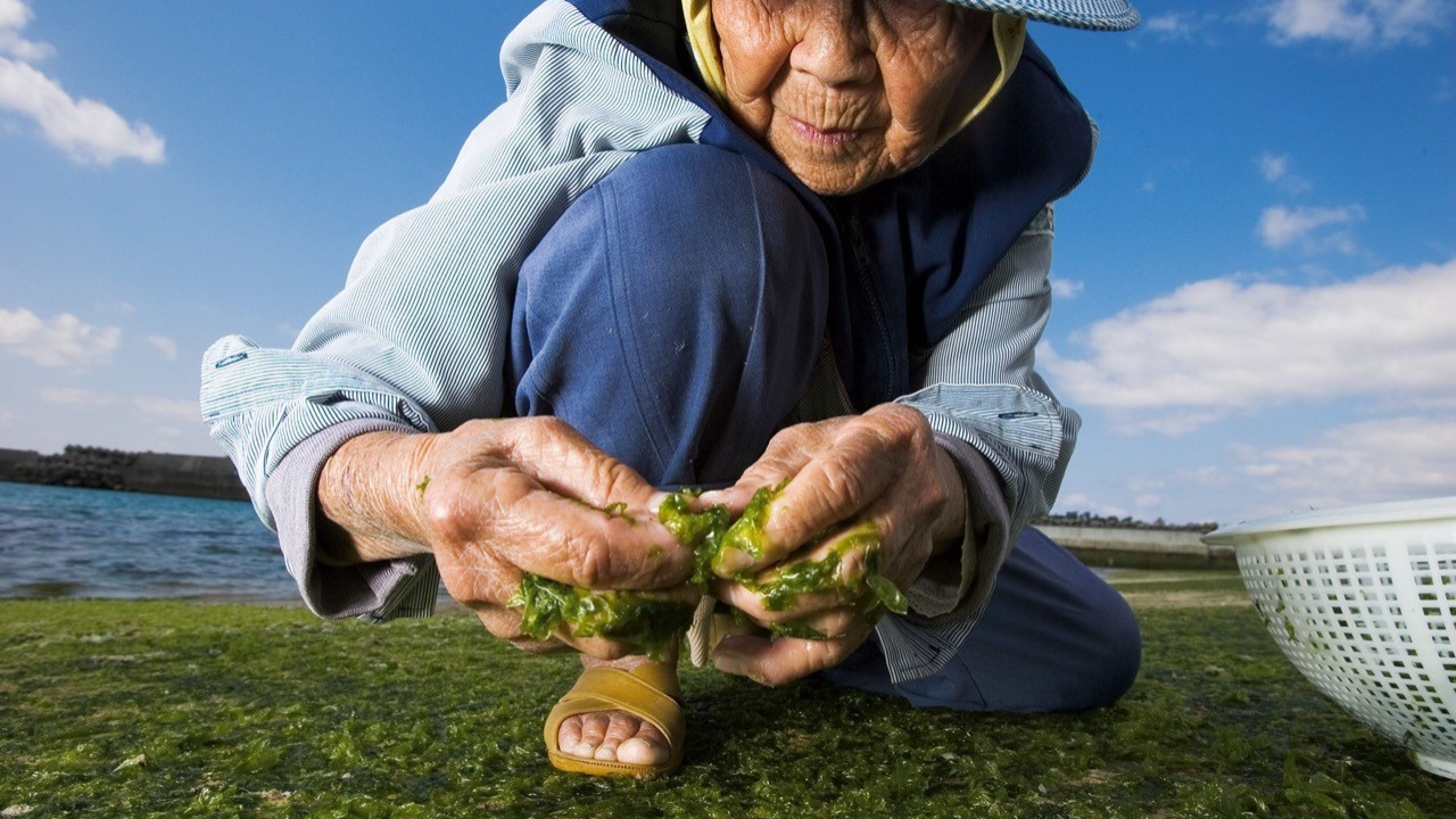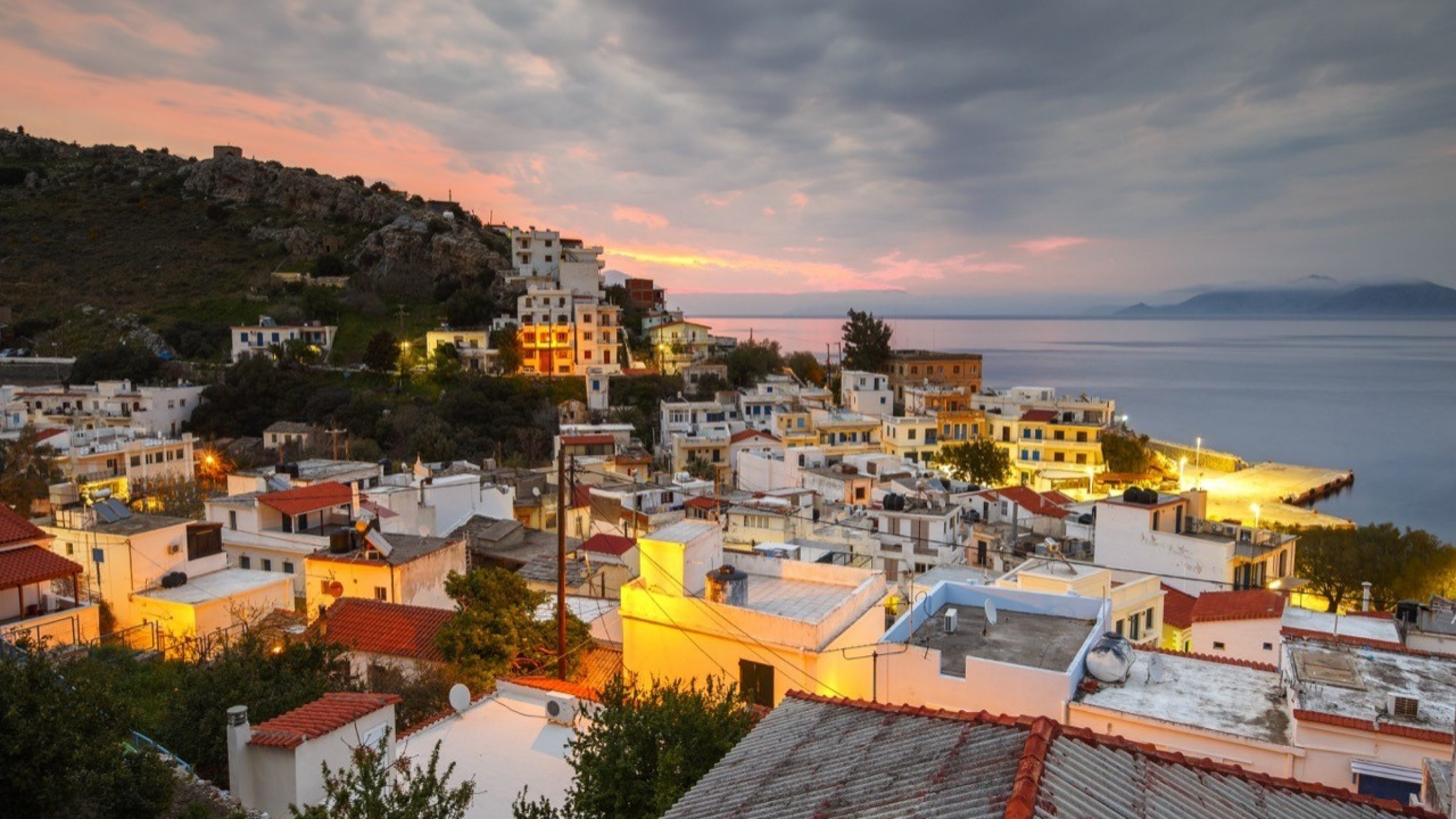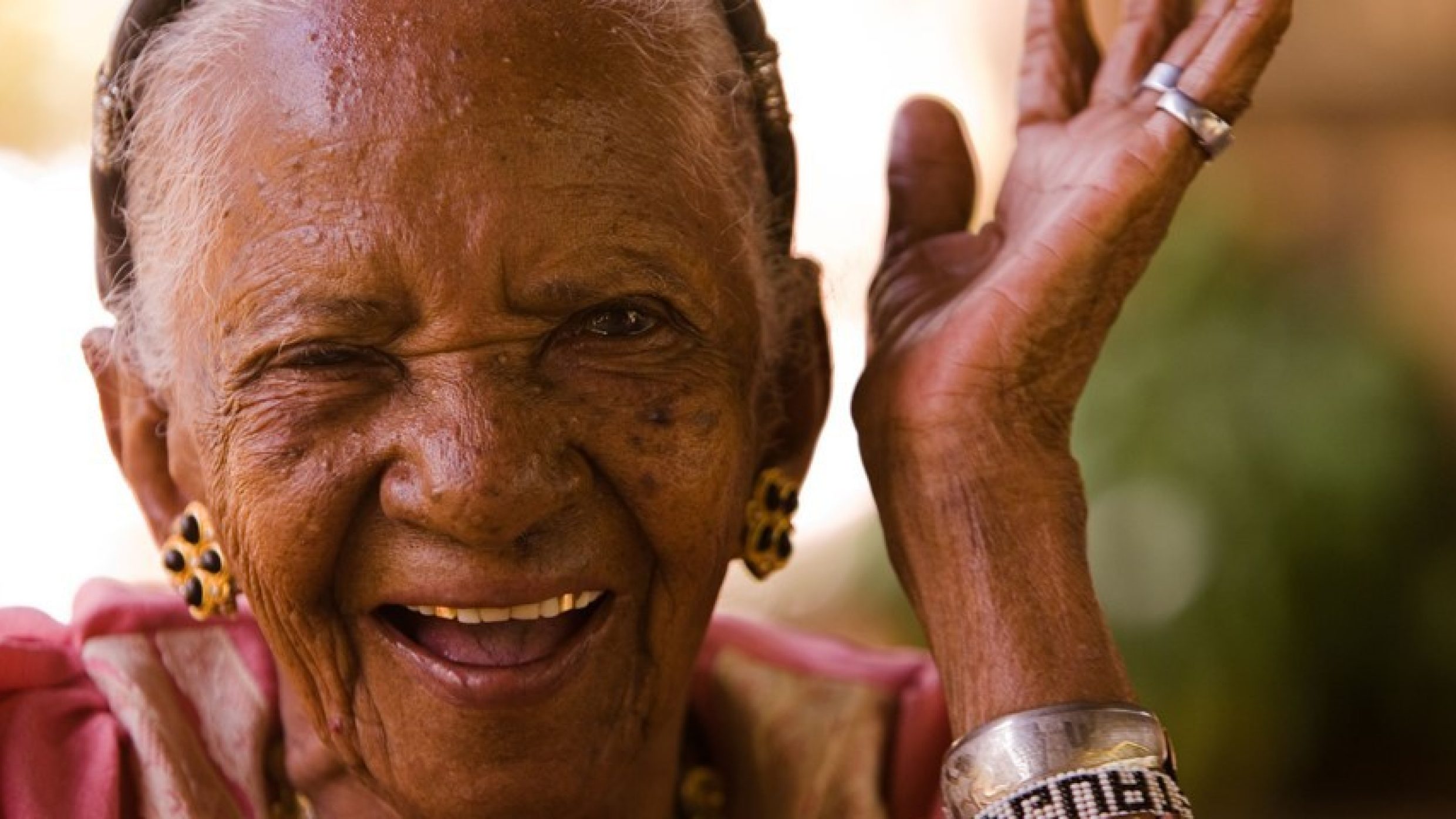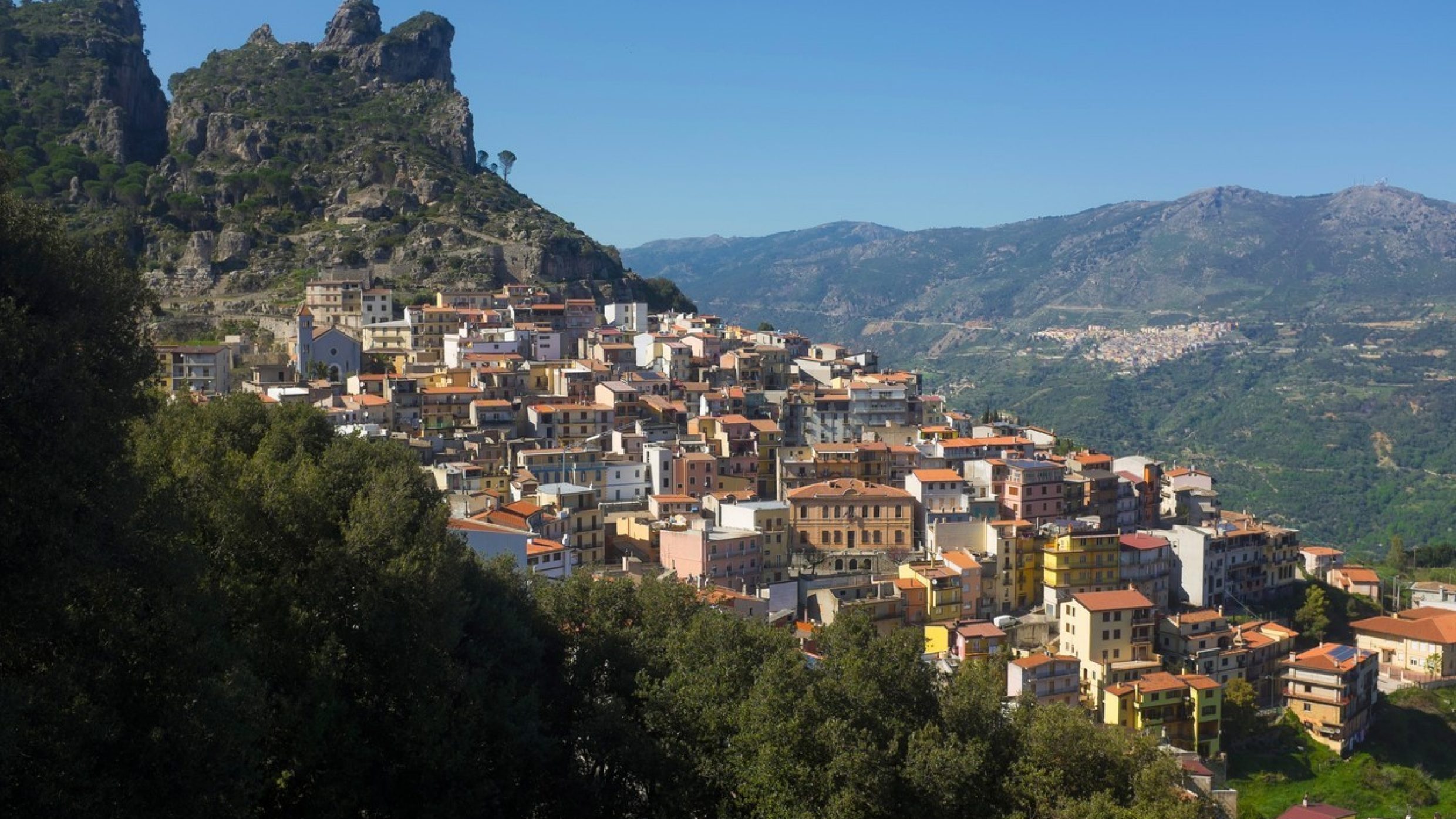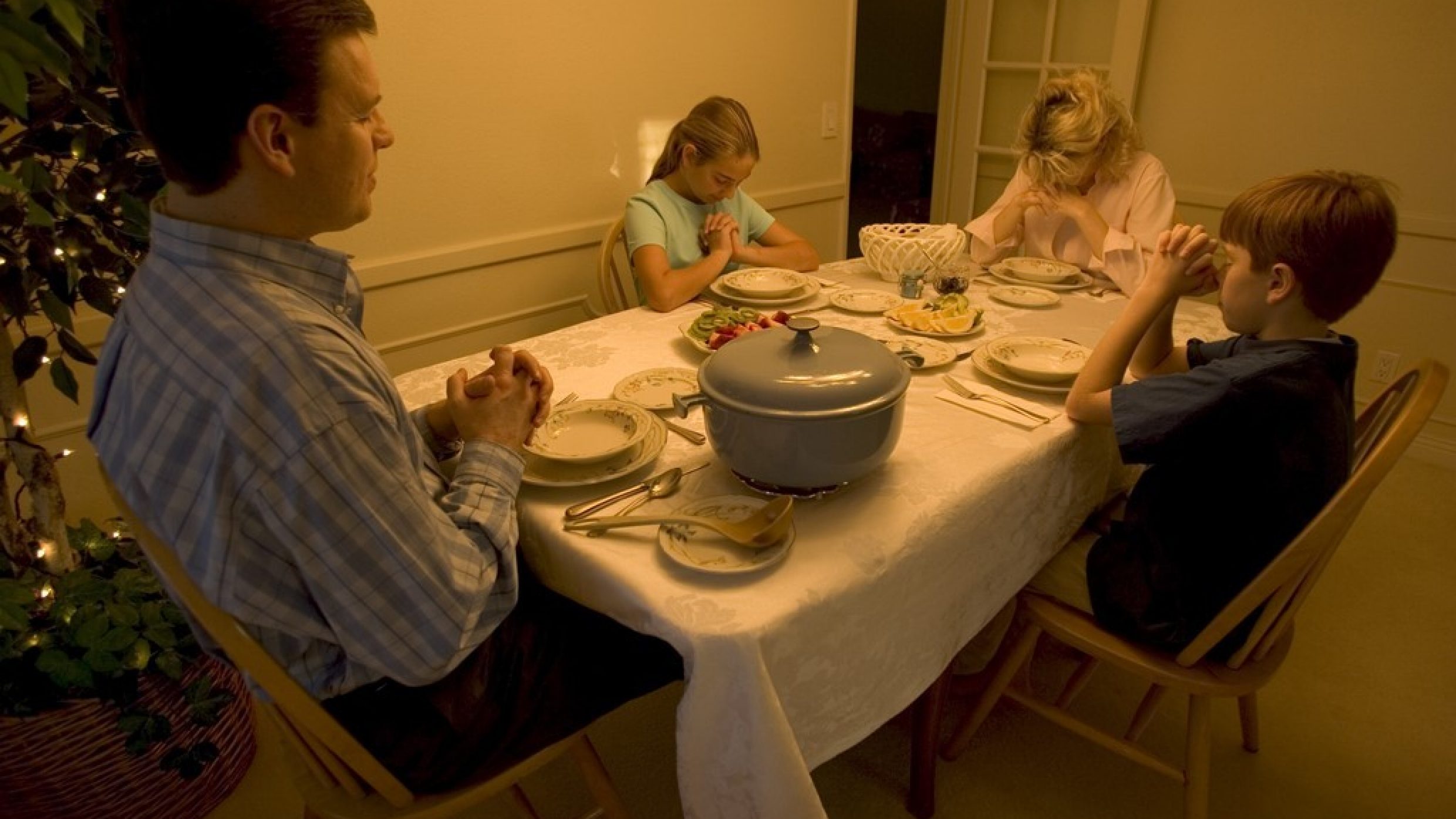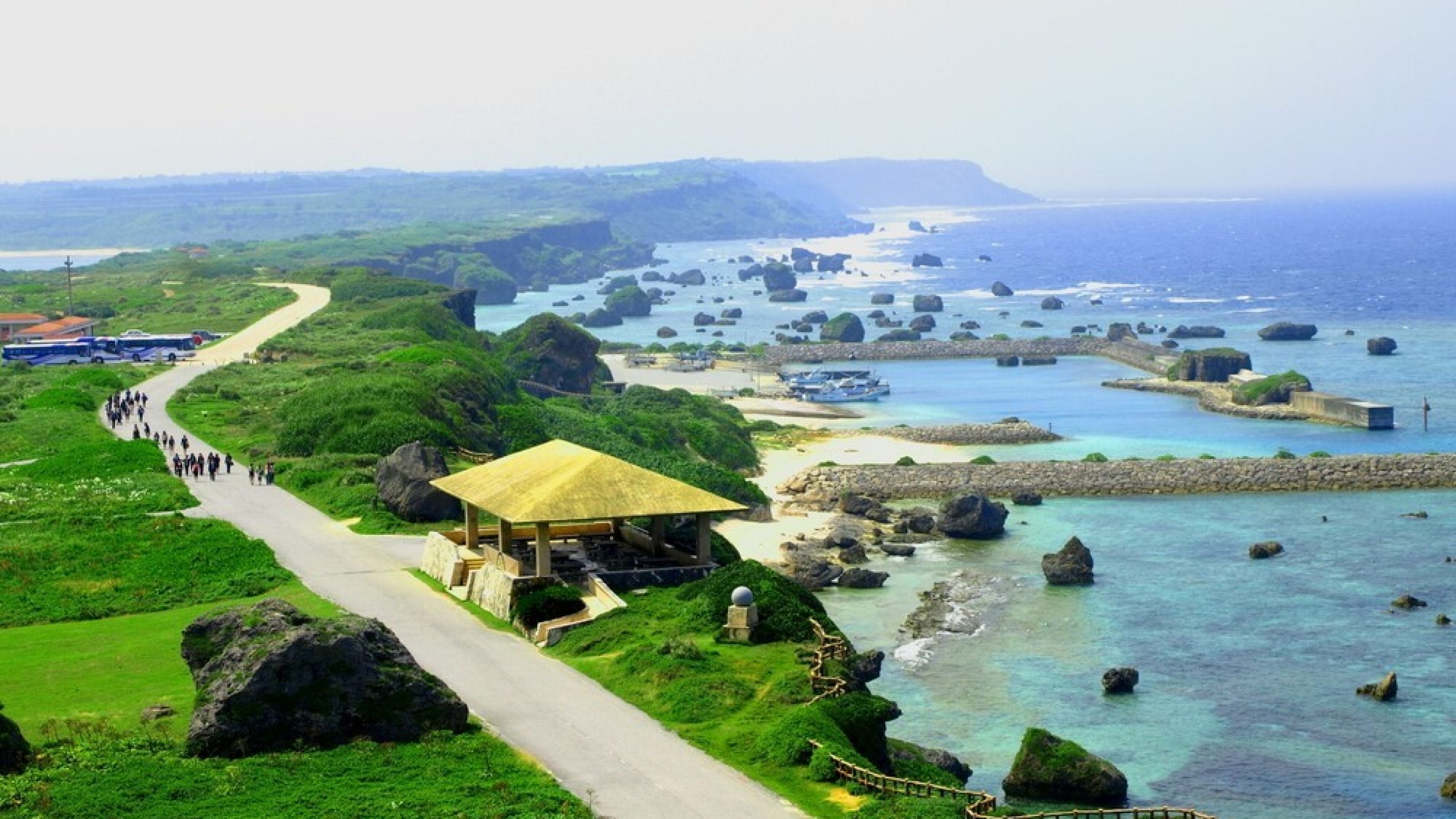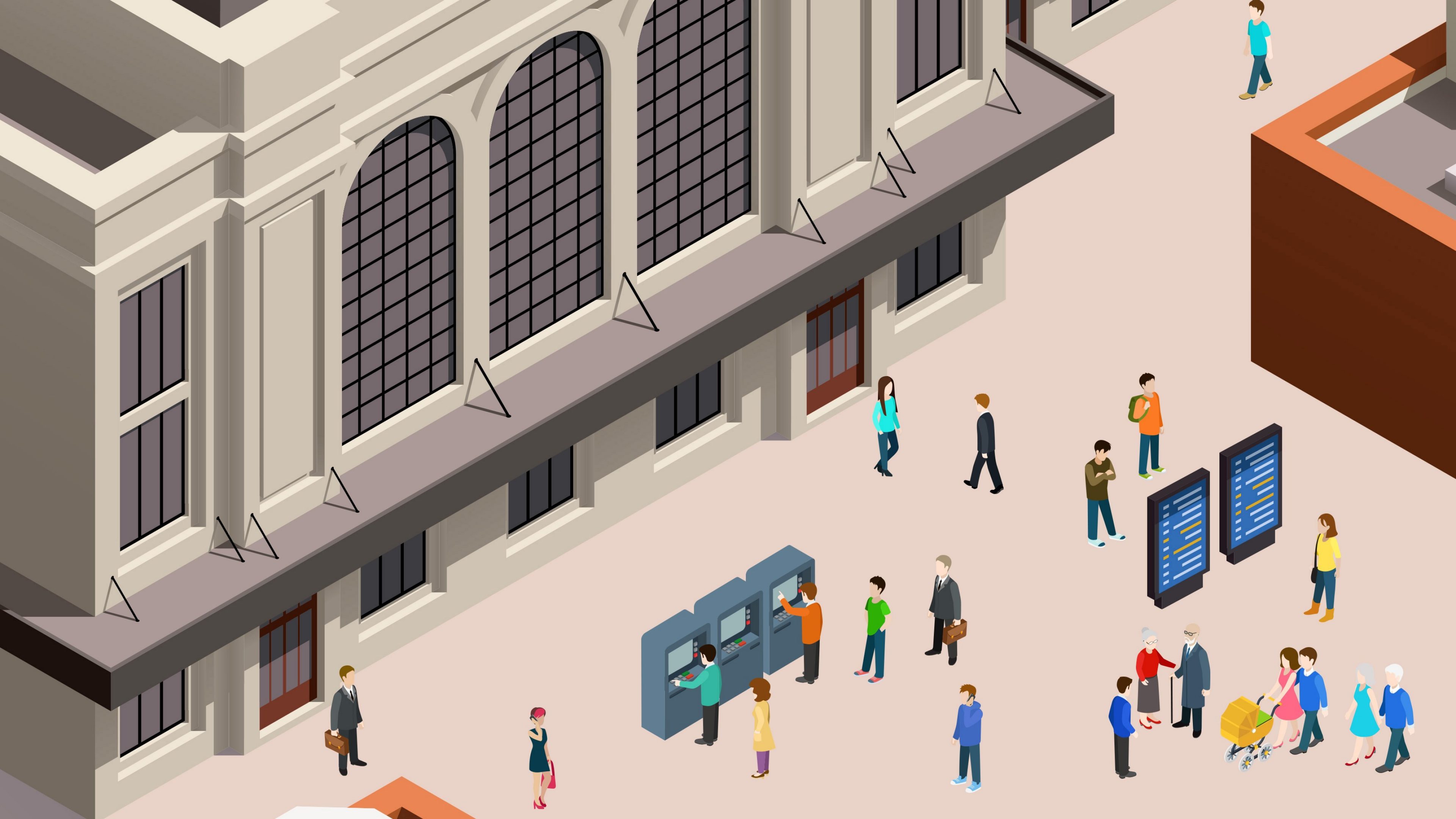You are what you eat. So what do you need to consume to live longer? The secret can be found in the "Blue Zone areas". People who live in the following five regions of the world have similar diets – and long lifespans.
A number of studies shows that only 20-30% of a person's average lifespan is determined by their genes. Our lifestyle, on the other hand, has a 70-80% stake in how long we live. So which lifestyle is especially healthy and conducive to longevity? American author and researcher Dan Buettner decided to find out. He identified Blue Zone areas, five regions in the world where people are known for their longevity. They are Sardinia (Italy), Okinawa (Japan), Loma Linda (California, USA), Nicoya Peninsula (Costa Rica) and Ikaria island (Greece). People in those regions are less prone to heart attacks, have lower rates of dementia and stay fit into old age.
Longevity hot spots
Buettner searched for common features between these longevity hotspots – and discovered that the inhabitants of these regions all lead similar lifestyles: they don’t smoke, they walk a lot, they don't suffer stress. They sleep a lot. They get on well and have a strong community spirit. However, most of all: they have similar dietary habits. Specifically, they eat a lot of fruit and vegetables and foods which have undergone little processing. National Geographic author Buettner: "No matter where people live, these foods make up all longevity diets: beans, greens, grains, and nuts. They know how to make them taste good and they know how to optimize them for their health."
Hara, Hatchi, Bu
The longest-lived females in the world are in the island group of Okinawa. The Japanese have a plant-based diet with many colourful vegetables and eight times more tofu than the Americans. Moreover, Buettner argues that it’s not just what the Japanese eat but how they eat. “A few of the strategies we observed: they eat off of smaller plates, so they tend to eat fewer calories at every sitting. Instead of serving family style, where you can sort of mindlessly eat as you’re talking, they serve at the counter, put the food away, and then bring it to the table”, says Buettner.
However, the main rule of thumb and one of the most important nutrition tips, goes back to a 3000-year-old saying from Confucius: “Hara, Hatchi, Bu” – a pithy motto designed to remind people to stop eating when they are 80 percent full. "For people living in these areas, longevity is not an act of will, but rather the product of living an environment wherein the healthy choice is unavoidable", says Buettner.
Ten rules of nutrition
Dan Buettner has defined ten nutrition guidelines for a healthier and longer life based on his findings from the Blue Zone areas:
1. Plant-based diet
90 to 95% of a daily diet should consist of vegetables, fruit, grains (approx. 120 g of cooked grains daily), pulses and green-leaf vegetables. Herbs or olive oil are good for seasoning.
2. Low meat content
Meat should only be for special occasions, in small portions and just four to five times a month. Processed meat and sausages should be avoided.
3. Low fish content
A lot of fish is eaten in the “Blue-Zone areas”, however fish are not necessarily healthy due to the pollution of the oceans. The recommended amount is freshwater fish or wild caught salmon or sardines two to three times a week.
4. Few milk products
Small portions of goat's or sheep's cheese or organic cow's milk products can be included in the diet. No more than three eggs a week.
5. Pulses once daily
Lentils, beans or tofu are high in protein and fibre and should be eaten once a day. Tinned products should only minimal additives.

6. Very low sugar content
More than seven teaspoons a day (28 grams) of sugar is not advisable, the World Health Organization (WHO) holds the same position. Cakes, biscuits and other sweet things are only for special occasions. Honey or maple syrup are good sweeteners.
7. A handful of nuts
Nuts, seeds and kernels are useful energy sources. A daily handful of almonds, pistachio nuts, walnuts, hazelnuts, pecan nuts, sunflower seeds or pumpkin seeds add some variety to the diet.
8. Sourdough bread is preferable
Bread made from wholegrain or sour dough from living cultures are preferable to white breads. Two slices of bread per day are enough, they should be made by a baker who uses traditional methods with a long dough rest. This bread is free of additives and easier to digest.
9. More nature
Foodstuffs should be as wholesome and natural as possible. Processed foodstuffs should contain fewer than five ingredients. Mass-produced food is to be avoided.
10. Water, water, water
Five to eight glasses of water a day, unsweetened herb or spiced tea and the odd coffee are recommended, soft drinks (with or without sugar) are not.
Dan Buettner does not believe in chemical longevity solutions, nor in nutritional supplements vitamin pills or diets. He is not a fan of the so-called superfoods currently in vogue either. There is no shortcut to a healthy diet. It takes time, the right ingredients and good recipes: From hummus made from white beans to artichokes with pesto.
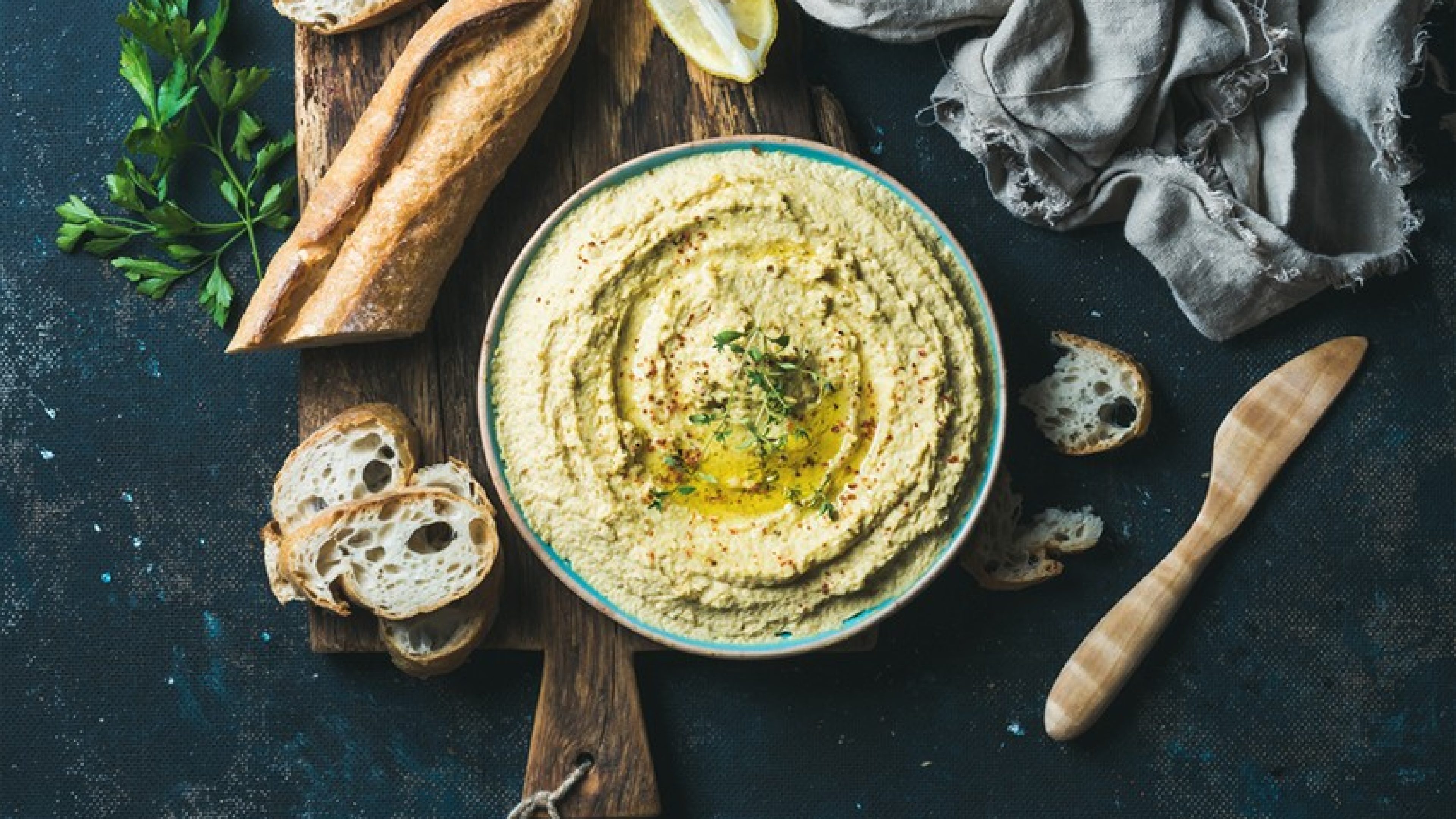
The Blue Zone area diet: hummus made from white beans with olive oil.
(Image: Bluezones.com)
Present in high-end gastronomy
The nutrition principle “vegetables, seafood, grains” is becoming more common in high-end gastronomy. One consistent adherent to this philosophy is the Frenchman Alain Ducasse, one of the most successful chefs in the world, in his 3-star restaurant “Plaza Athenée” in Paris. When Ducasse announced three years ago that poultry, beef and veal would no longer be on the menu some gourmet customers were unimpressed. In the meantime, however, this new culinary approach has gained traction, even the tough critics of the “Michelin Guide” are impressed by the “high respect for nature”, of the dishes, such as green beans with caviar or turbot with coconut beans, chanterelles and fresh walnuts.
Two glasses of wine
However, there is no need to look to high-end cuisine for proof that good nutrition can also be enjoyable. The restrained enjoyment of alcohol is part of the diet in most “Blue Zone areas”. One or two glasses of wine a day in good company with trusted friends has a place in a fulfilled and long life.
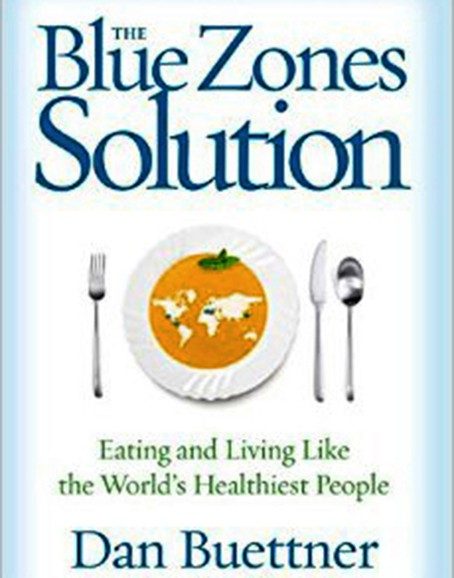

Dan Buettner: «The Blue Zones: Lessons for Living Longer from the People Who've Lived the Longest» (National Geographic).
